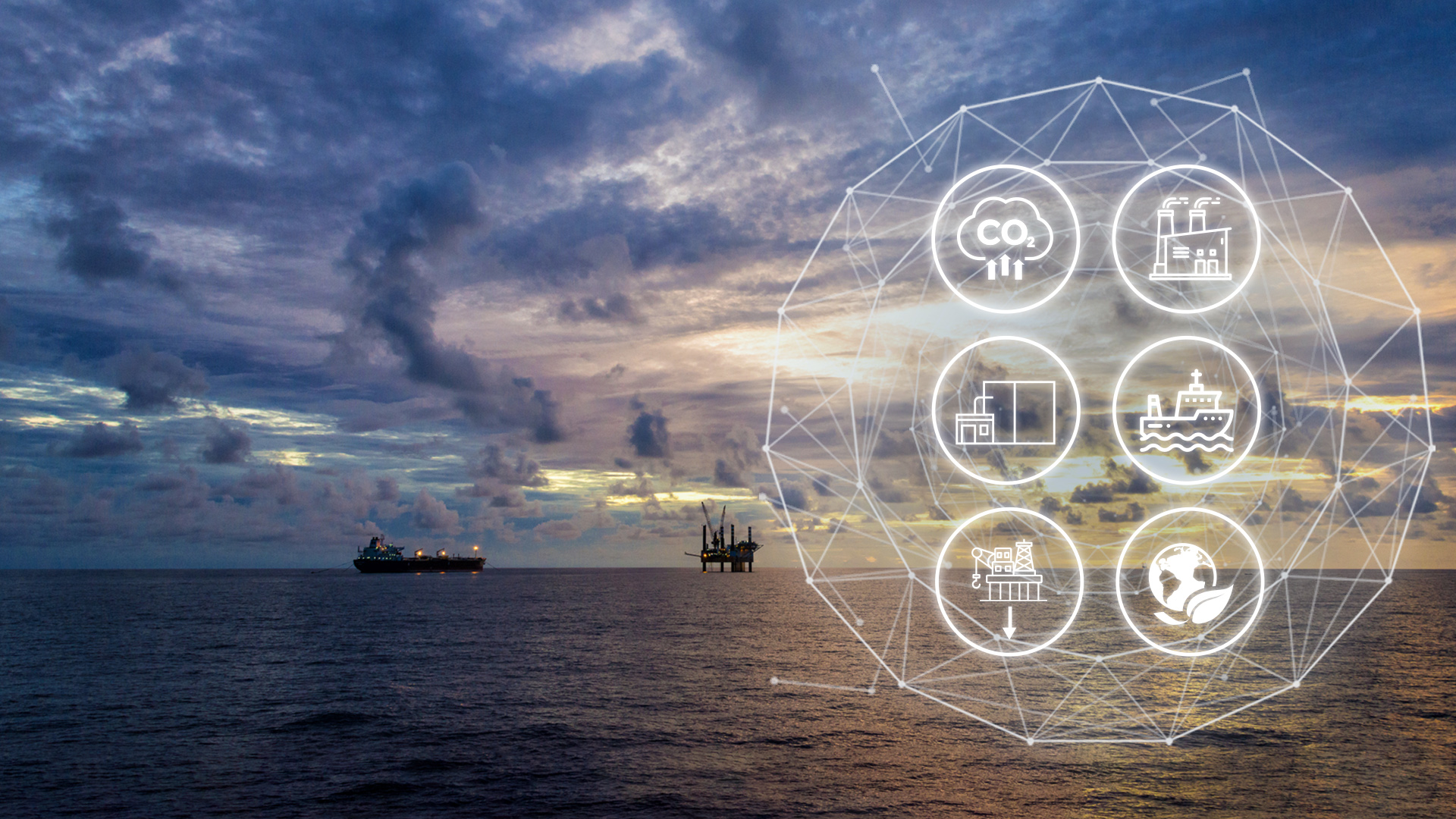Carbon capture will be a critical factor in progressing toward global decarbonization. As established in numerous studies, some of the most promising alternative fuels would require carbon capture to achieve low-carbon status; for example, manufacturing blue hydrogen through a process of steam methane reforming with carbon capture. Additionally, hydrogen-based fuels such as Ammonia and Methanol will require carbon capture.
To meet the needs of the global energy transition, according to the Intergovernmental Panel on Climate Change (IPCC) and the IEA, the annual global capacity for carbon capture will need to increase multifold from 50 million metric tons of carbon dioxide (Mt CO2) in 2020 to 800 Mt CO2 per year by 2030 and more than 5,000 Mt CO2 by 2050. This represents a 16-fold increase by 2030 and a 100-fold increase by 2050 in carbon capture capacity. With low carbon fuels being the path of least resistance and because industrial heat is difficult to electrify, fuel transformation should be the fastest adopter of CCUS.
Types of Carbon Capture
The capture of CO2 can occur pre-combustion (syngas), post-combustion (end-of-pipe solutions), and by using oxyfuels. The captured CO2 is then compressed into a liquid state and transported by pipeline, ship, or truck.
- Post-combustion method captures the CO2 after the fuel is combusted and produces a product that will require additional drying, purification and compression before transportation. This is the most mature technology, but the low partial pressure of the CO2 in the flue gas is a big downside.
- Pre-combustion capture involves transforming the fuel into an intermediate non-carbonaceous form called syngas, which is mostly composed of H2 and CO2. The CO2 is captured before being combusted and the H2 is the fuel which when combusted only releases water vapor.
- Oxy-combustion is when the burners are modified to burn fuel in pure oxygen, instead of air leading to a pure CO2 stream (the nitrogen oxides are prevented and there is no need for CO2/N2 separation) and increased energy efficiency. The downsides are the need for large amounts of O2 and high combustion chamber temperatures.
Shipboard/Onboard Carbon Capture Application
To reach the IMO’s 2030 and 2050 emissions reduction targets, shipboard carbon capture is currently being explored as an end-of-pipe solution to reduce vessel emissions, CCUS is still in its infancy as present land-based CCUS equipment cannot be used on ships because of energy usage, onboard storage, and energy usage related challenges.
Several pilot projects are emerging focused on the feasibility of carbon capture on board ships with some proposing modifying existing onboard systems like scrubbers and other new CO2 separation technologies.
In any case, integrating a CCUS system on board would involve additional capital and operational costs from retrofitting and there would need to be a clear value chain established for captured carbon for it to be economically viable.
To learn more about how ABS can assist you in practically planning for onboard carbon capture and storage, explore our services below or connect with our sustainability team.





































